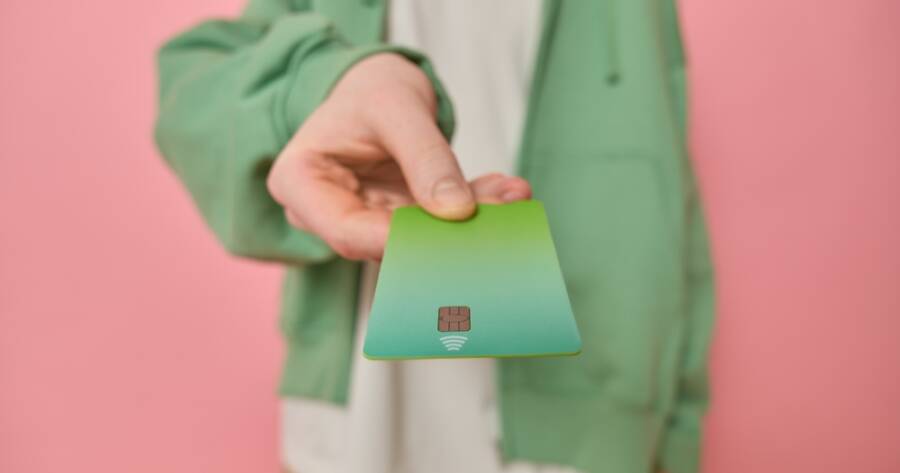It’s easy to swipe your card or click “buy now” when emotions run high—whether you’re stressed, bored, or looking for a quick mood boost. But emotional spending often leads to regret and financial strain, creating a cycle that’s hard to break. The good news is, you don’t have to cut out enjoyment to regain control. With a few mindful shifts, you can curb emotional spending while still allowing space for joy and balance.
Identify Your Emotional Triggers
The first step to curbing emotional spending is recognizing what emotions drive you to spend. Stress, boredom, loneliness, or even celebration can all prompt impulse purchases. Take note of when and why you feel the urge to shop—it’s often tied to a specific mood or situation.
Once you identify these triggers, you’ll be better equipped to pause and choose a different response. Awareness is key. By understanding the root cause, you can find healthier, more intentional ways to cope without automatically reaching for your wallet.
Create a Pause Before Purchases
Impulse buying thrives on instant gratification. One simple way to interrupt this cycle is to build in a pause before making any purchase. Try implementing a 24-hour rule—give yourself a full day to think over non-essential purchases before committing.
This pause gives you time to evaluate whether you’re buying to fill an emotional need or because it genuinely adds value. Often, the urge fades after a little reflection, and you’ll feel more in control by deciding from a calm, clear mindset rather than a reactive one.
Find Alternative Coping Strategies
Emotional spending often becomes a go-to habit because it provides quick relief. But there are countless other ways to manage emotions without relying on your credit card. When you feel the urge to shop, try swapping in healthier coping mechanisms like exercising, journaling, meditating, or calling a friend.
Having a list of go-to activities can help redirect your energy and ease the emotion driving the urge. Over time, these alternatives become just as satisfying—and far more beneficial—than the temporary boost of a purchase.
Set Clear Spending Boundaries
Establishing boundaries around your spending can help prevent emotional splurges. Create a realistic budget that includes room for fun, guilt-free spending, but keep those limits firm. Knowing exactly how much you can comfortably spend allows you to indulge occasionally without derailing your financial goals.
You might also consider using cash or a prepaid card for discretionary spending. This physical boundary creates a built-in stop point, helping you stay mindful of your limits and avoid impulsive decisions.
Unsubscribe and Unfollow Temptations
Constant exposure to sales emails, influencer promotions, and online ads makes emotional spending even harder to resist. Reduce temptation by unsubscribing from marketing emails and unfollowing social media accounts that encourage impulsive buying. Out of sight, out of mind.
Curate your digital environment to support your goals. Follow accounts that inspire healthy habits, financial well-being, or personal growth instead. Removing unnecessary triggers helps make intentional spending choices feel easier and more natural.
Celebrate Wins Without Spending
Celebrating achievements is important—but it doesn’t always need to involve spending. Find non-financial ways to reward yourself, whether it’s a relaxing day off, a home-cooked favorite meal, or quality time with loved ones. These meaningful rewards keep you motivated without putting strain on your wallet.
By decoupling celebration from consumption, you train yourself to find satisfaction in experiences, accomplishments, and personal milestones. This approach fosters both emotional and financial well-being while still honoring the moments that matter.
Building Healthier Spending Habits
Breaking the cycle of emotional spending isn’t about deprivation—it’s about replacing reactive habits with thoughtful choices. By understanding your triggers, creating mindful boundaries, and finding alternative ways to cope, you can build a healthier relationship with money. Over time, these small shifts allow you to feel more in control, reduce financial stress, and still leave space for occasional, intentional enjoyment. Balance is key—and it starts with being kind to yourself and your budget.

